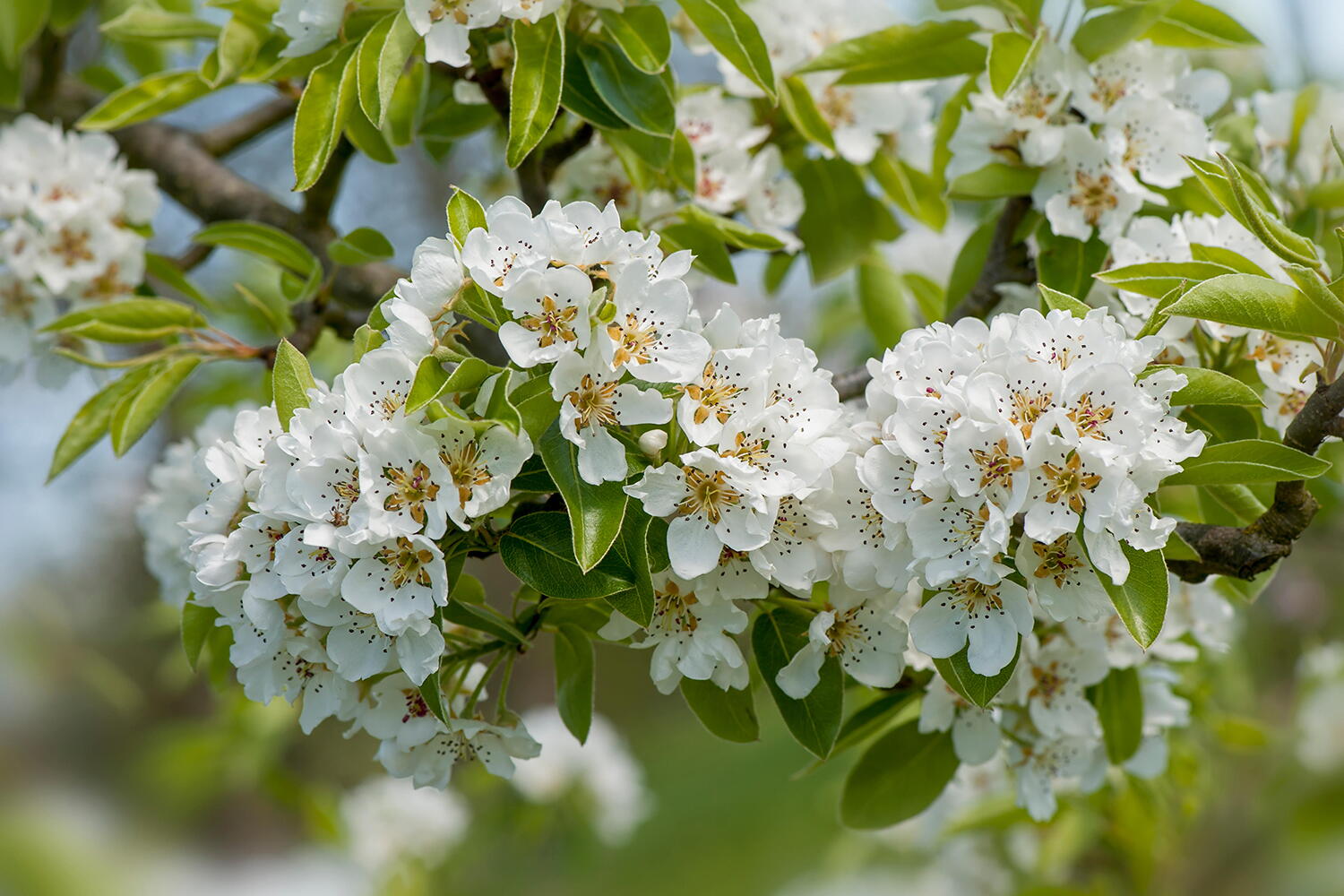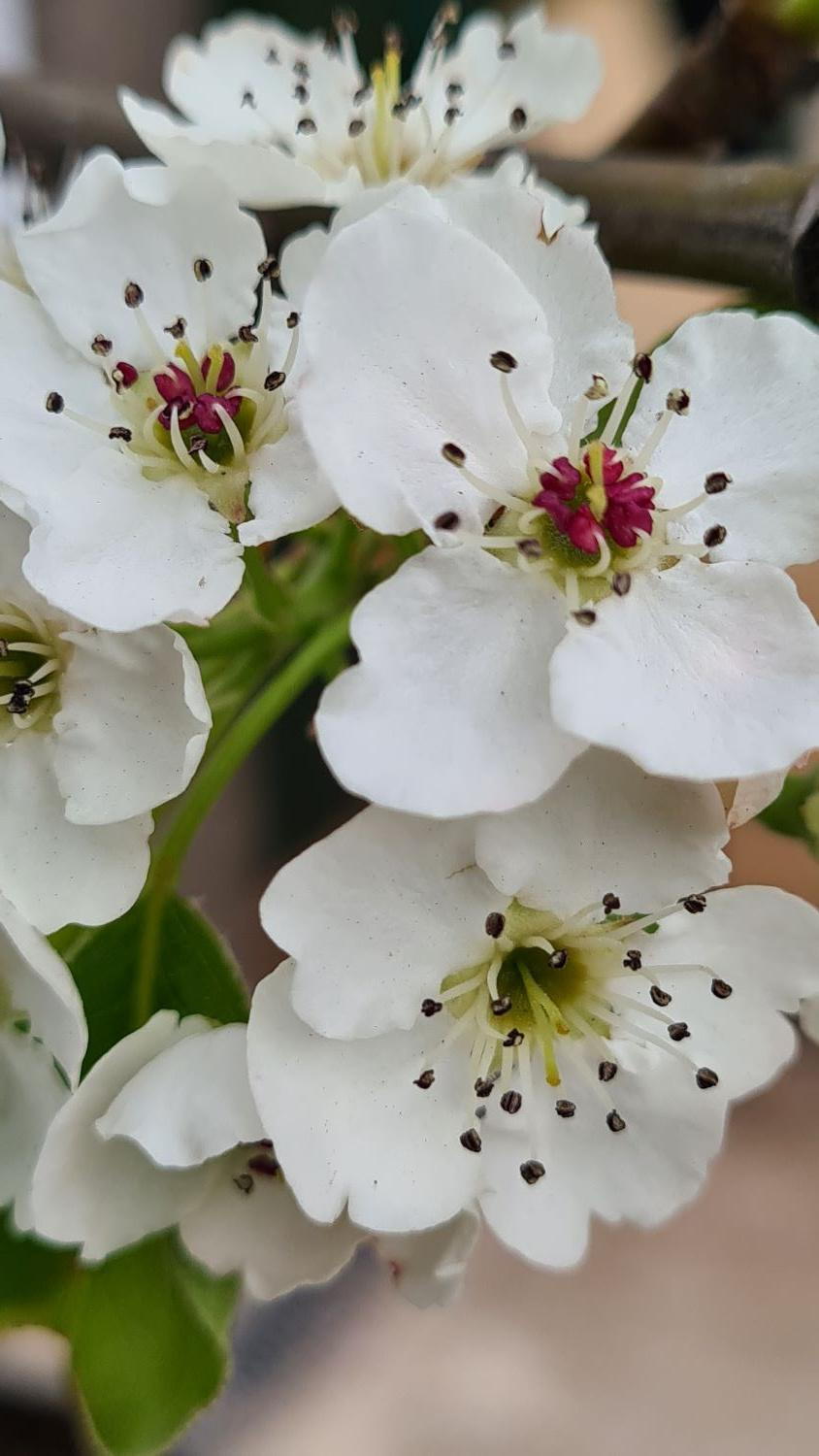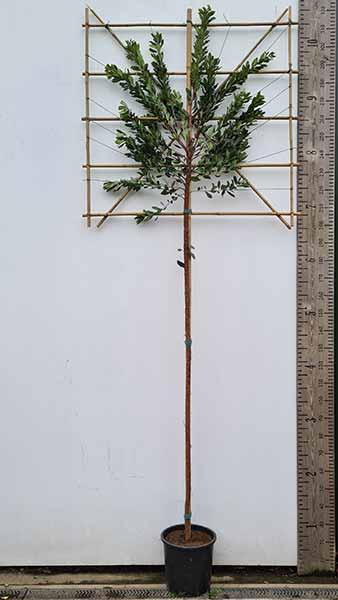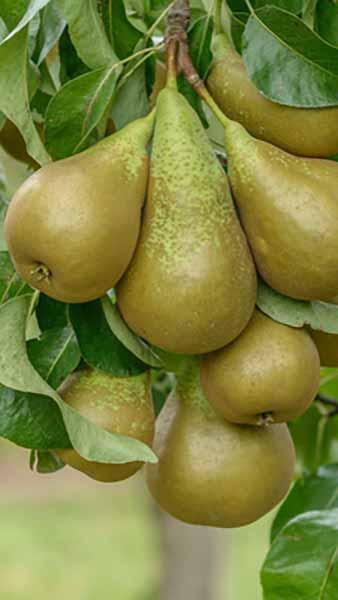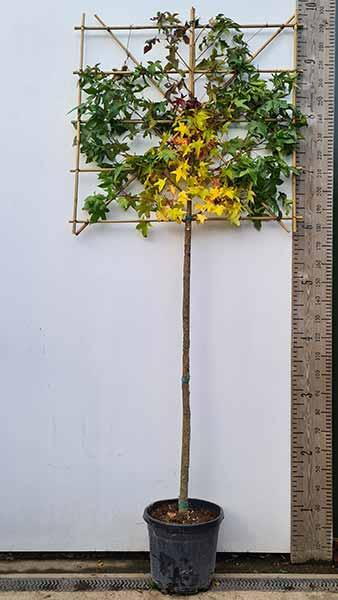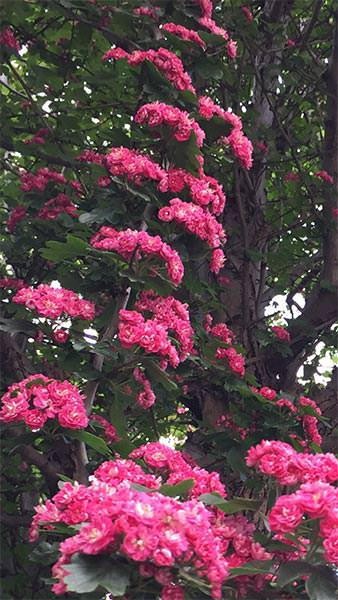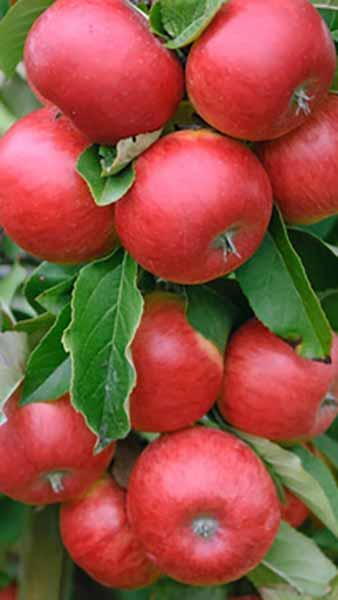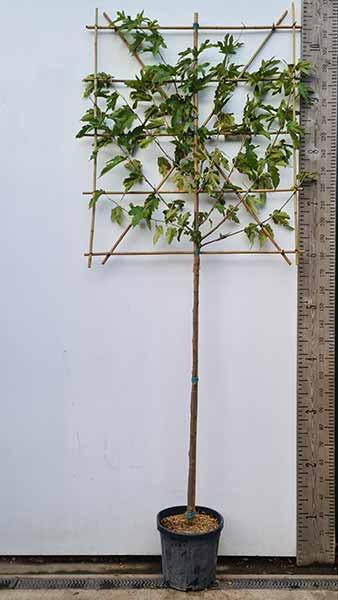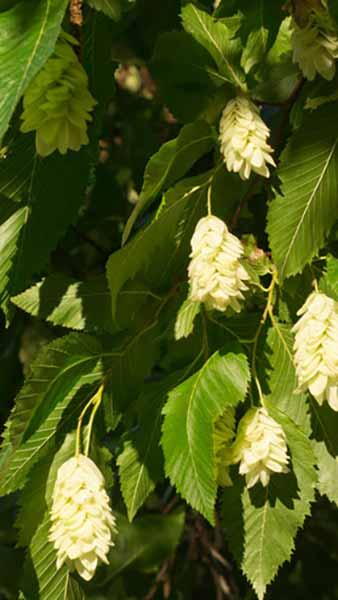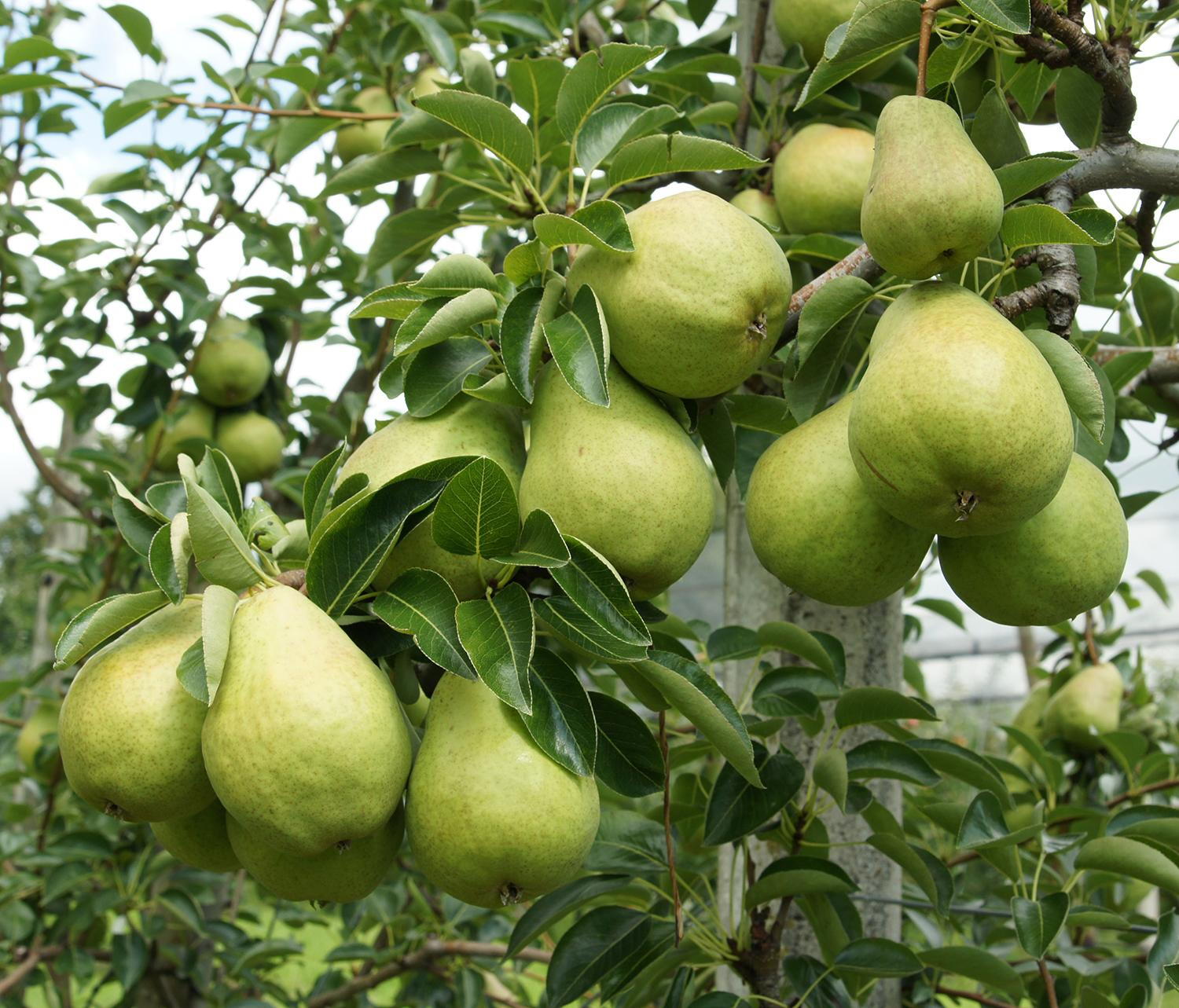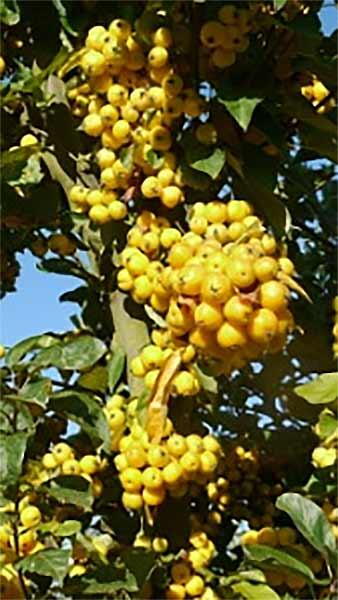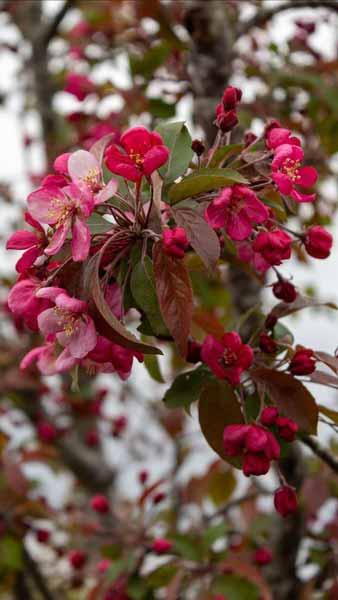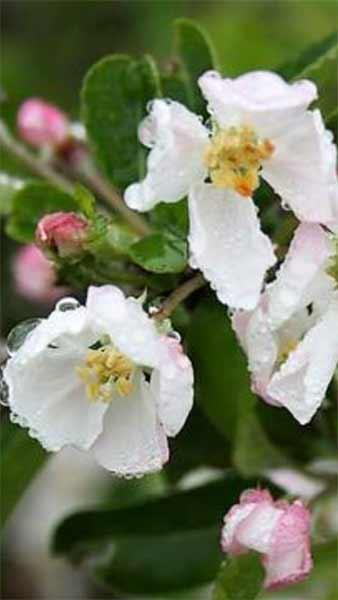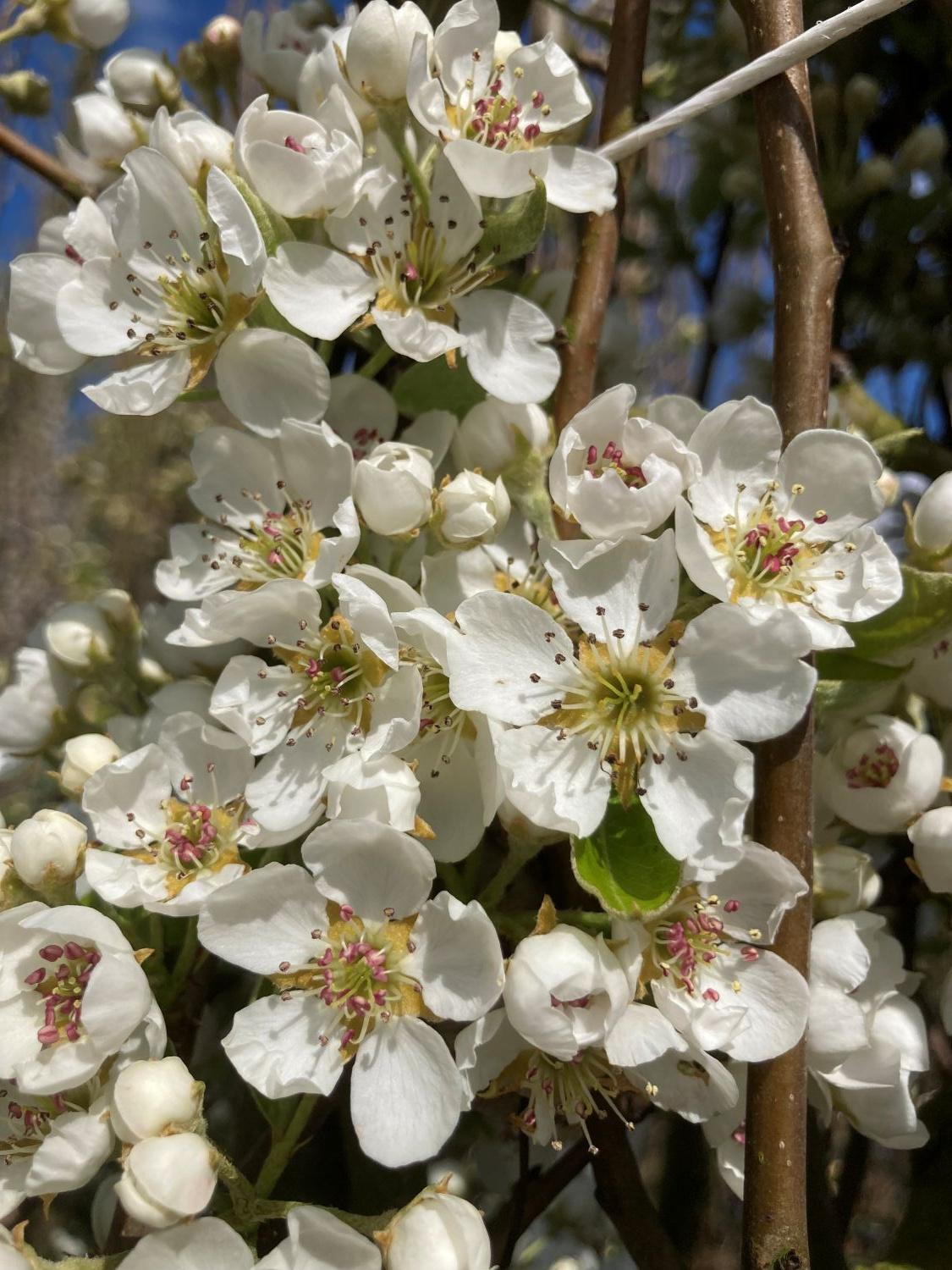
Mærke
- Oxford University Press 3.721
- Moon Magic 3.344
- Volentis 2.156
- Flame Tree Publishing 1.764
- Timberland 1.660
- Garden Plants Oline 1.566
- Paramount Plants & Gardens 1.341
- AuthorHouse 920
- Hallis Hudson 750
- GARBO&FRIENDS 699
- Australian Bodycare 688
- LIGHTNING SOURCE INC 584
- HarperCollins Publishers 570
- LEGARE STREET PR 526
- Xlibris 524
- Taylor & Francis Ltd 488
- Random House USA Inc 457
- iUniverse 444
- GreyLime 426
- Houdini 413
- Puma 384
- Willow Tree 373
- CHRISTMAS SWEATS 372
- Hachette Children's Group 371
- Bloomsbury Publishing PLC 370
- GUGGUU 358
- Legare Street Press 340
- Peepal Tree Press Ltd 333
- Go Gift 309
- SPRINGYARD 286
- LAP Lambert Academic Publishing 278
- Penguin Random House Children's UK 278
- Pan Macmillan 276
- WestBow Press 274
- HASSELL STREET PR 271
- Xlibris US 266
- Cambridge University Press 263
- Plakana 256
- Molo 251
- Little, Brown Book Group 248
- HarperCollins Publishers Inc 245
- Penguin Books Ltd 245
- Outskirts Press 236
- SIRIUS HOME 227
- Carhartt WIP 222
- Yellow Pear Press 218
- J.R. Cook Publishing 213
- Garden Plants Online 209
- Archway Publishing 208
- BROSTE COPENHAGEN 206
- Xulon Press 204
- Creative Media Partners, LLC 201
- Hal Leonard 199
- FriesenPress 186
- Bruuns Bazaar 184
- Blurb 182
- Dorling Kindersley Ltd 170
- Page Publishing, Inc. 166
- Wisdom Tree 165
- Little, Brown & Company 164
- People Tree 160
- Polo Ralph Lauren 160
- Austin Macauley Publishers 158
- Usborne Publishing Ltd 158
- Springer 157
- Artgeist 153
- Springer International Publishing AG 153
- Workman Publishing 153
- TREE HUT 151
- Balboa Press 144
- Walker Books Ltd 141
- AUSTRALIAN BODYCARE 140
- Paul Mitchell 140
- HAY 137
- HARPERCOLLINS 136
- Trafford Publishing 136
- Orion Publishing Co 135
- Solid 135
- Carpe Diem Beds 134
- Holzweiler 134
- Symetricus 132
- Christian Faith Publishing, Inc 130
- Prestigious Textiles 130
- Springer Nature Switzerland AG 130
- Deborah Quick 126
- Springer-Verlag Berlin and Heidelberg GmbH & Co. KG 124
- Rowman & Littlefield 122
- NIKE UNDERWEAR 121
- Vintage Publishing 121
- Julie Sandlau 119
- Little Tiger Press Group 114
- Infinity Diamond Jewellery 111
- Simon & Schuster Ltd 111
- Faber & Faber 110
- FILA 109
- Oxford University Press Inc 109
- 2NDDAY 107
- SOLID 105
- WillowTree 105
- Covenant Books 104
Farve
- Blue/White 1.248
- Black 699
- Multi 472
- PEAR 446
- Red 423
- TREE OF LIFE 419
- TREE HOUSE 383
- GREEN 362
- WHITE 354
- PEAR SORBET 345
Størrelse
Køn
Butik
- Tales.dk 12.651
- Bogreolen.dk 12.628
- Plusbog.dk 10.480
- booktok.dk 7.584
- Boozt.com 4.808
- Moon Magic 3.344
- Svedberga Plantskola AB 2.156
- Garden Plants Online 1.775
- Paramount Plants 1.341
- Booztlet.com 1.185
- Boozt 1.011
- Booztlet 871
- END Clothing 654
- K4G.COM 626
- Stepnote.dk 566
- Coolpriser.dk 559
- Boozt.com - available 556
- Farmacia Reale FI 491
- FarmaWeb.it 450
- Skiftselv.dk 442
- Your Stylish Home 441
- Zenga Interiors 441
- SkiftSelv.dk 438
- Poster & Frame 433
- Houdini Sportswear 413
- ComputerSalg.dk 353
- Superdrug 311
- Booztlet PL 303
- Dinapoteker.dk 281
- Sellpy.dk 269
- whisky.dk 264
- Plakana 256
- beautycos.dk 249
- Helsebixen.dk 248
- Proshop.dk 244
- Carhartt WIP UK 222
- The Perfume Shop - UK 212
- Surisuri.se 199
- Solidstore 193
- klubklub.dk 183
- Naturoghelse.dk 175
- Jacobsen Plus 168
- Surisuri.dk (Cobiro) 166
- BOBOonline 159
- Huma.dk 146
- Tabak1a 138
- HobbyPerline.com 136
- Powerbanken 135
- carpediembeds.dk 134
- Greylime.eu 131
Pris (EUR)
- <5 1.049
- 5 - 10 2.128
- 10 - 20 22.827
- 20 - 50 29.320
- 50 - 100 8.973
- 100 - 200 4.935
- 200 - 500 3.767
- >500 3.530
